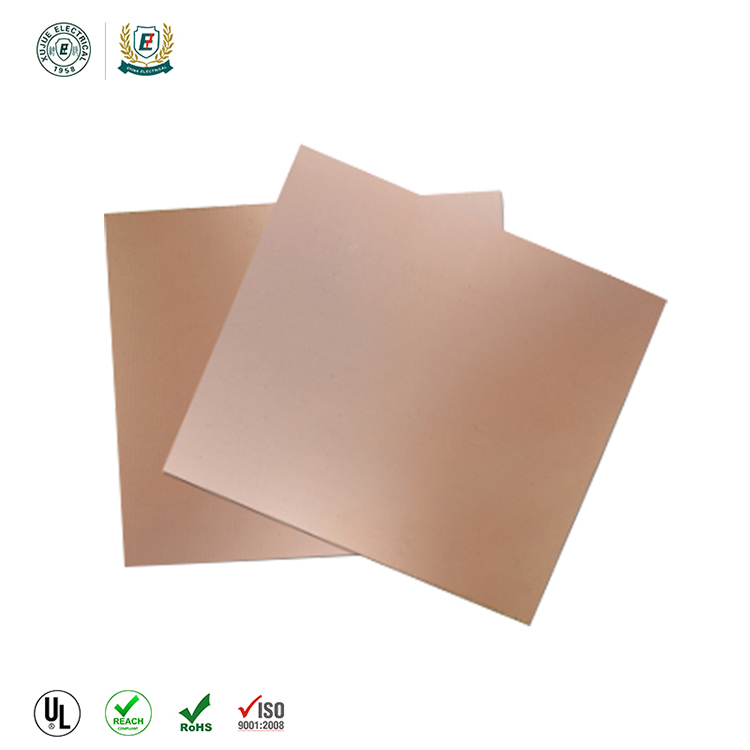Analysis of the Production Process of Copper Clad Laminate
In the gluing process, the semi finished adhesive paper (cloth) is finished by two major processing processes, namely, the continuous sizing machine (impregnation) and the drying .

The process of immersing is essentially a process of exchanging the air between the resin glue and the fiber structure of the reinforcing substrate. In
the process of impregnation, the suitable resin liquid of molecular weight, crafty and temperature is used by the mechanical action of the bottom coating of the glue machine (the single direction immersion resin), the extrusion of the resin in double direction, the uniformity of the soaking and the resin content, and the air in the substrate fiber will be enhanced and the resin liquid is occupied in the space. And to a certain thickness of the coating. Therefore, ensuring uniformity and resin occupancy in the impregnated fiber space is the two important goal of semi-finished dipping drying.

Gluing is an important process to ensure the quality of prepreg and CCL products. To achieve a certain uniform amount of glue, it is guaranteed by the form of the glue machine, the times of the soaking, the speed of the glue, the size of the extruding gap and the accuracy and the operation quality of the other accessory devices. The permeability of the upper adhesive paper “cloth”, that is, the ability and uniformity of the absorbing resin liquid of the impregnated fiber material depends on the properties of the absorbed resin liquid (molecular weight, crafty, density, solid quantity, etc.), and also related to the impregnation mode, the ambient temperature, the speed of the glue, and the circulation of the liquid.